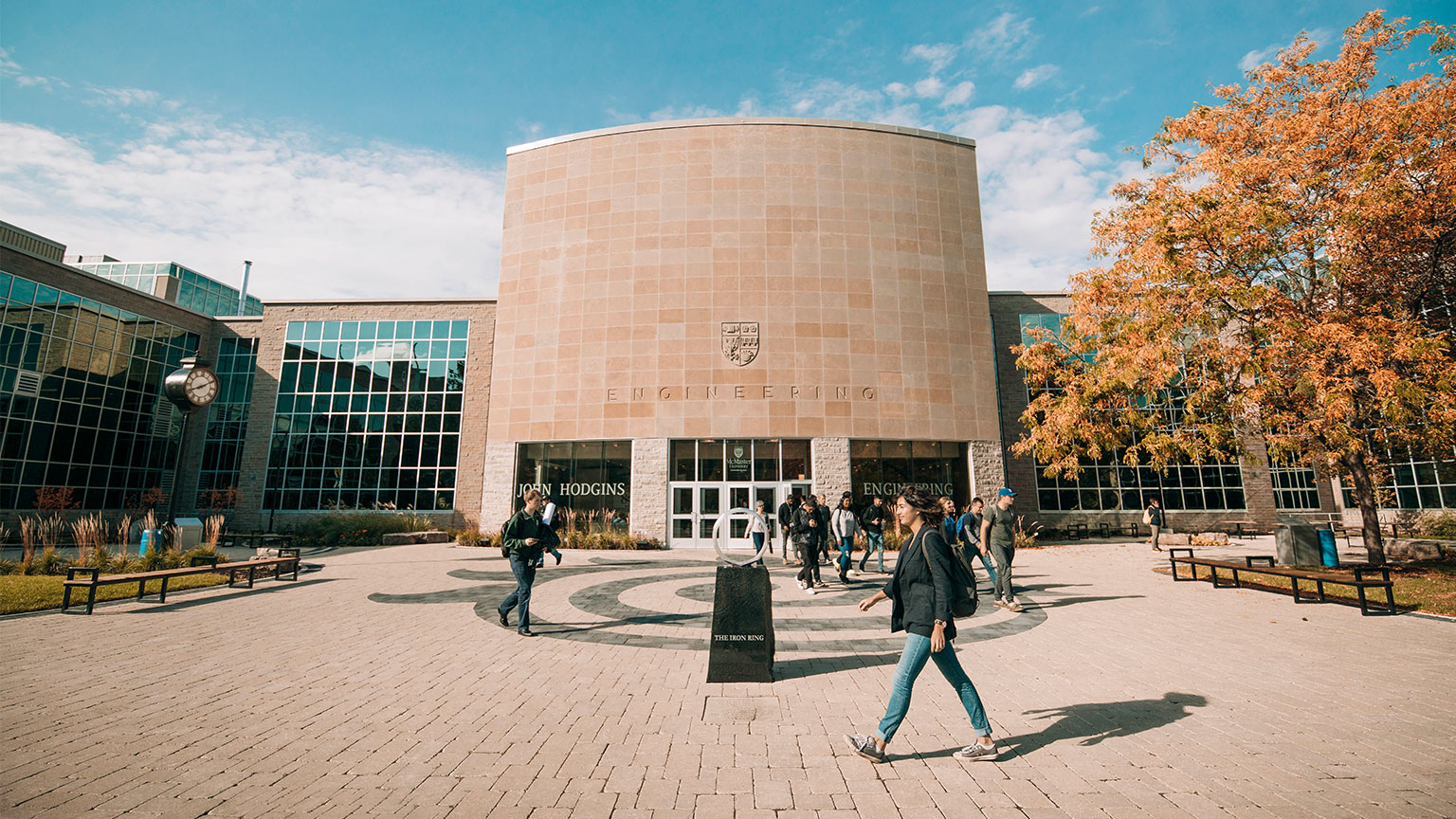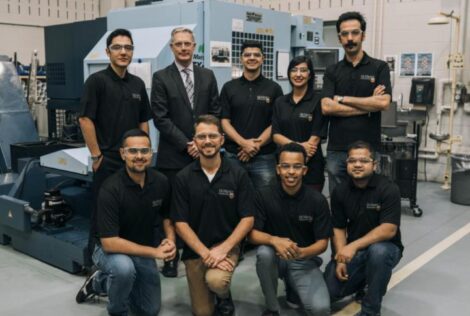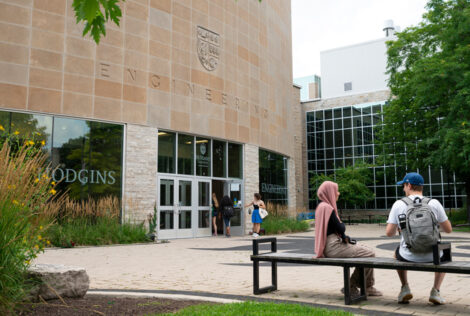

Bryanna Noade, MASc student in Civil Engineering and Jacquelyn Spadzinski, undergraduate student in Mechanical Engineering and Management are kicking off the series. Working in Tracy Becker’s Lab, the pair is developing a new method to monitor the performance of elastomeric bridge bearings.
The study could lead to a new electrical performance test of elastomeric bearings, which could help determine the life expectancy of bearings, saving industries hundreds of thousands in repairing damages.
Bridges are supported on bridge bearings, which also allow some movement of the bridge due to thermal expansion and contraction. There are many types of bridge bearings. Elastomeric bearings are made of alternating steel and rubber layers. The rubber provides the horizontal flexibility for expansion and contraction of the bridge, while the steel allows the bearing to hold higher loads.
“The life expectancy of elastomeric bridge bearings is currently unknown,” explained Noade. “Being able to test a bearing to see if it is not performing well from damage will help us better understand bearing replacement schedules and plan maintenance budgets more effectively.”
Visual inspection is the only inspection method currently required for elastomeric bridge bearings. Using a capacitor, Noade hopes their test will provide a measurable value to indicate whether a bearing is healthy or damaged.
Follow McMaster Engineering on Instagram to learn more about Noade and Spadzinski and their fascinating project.


